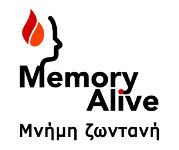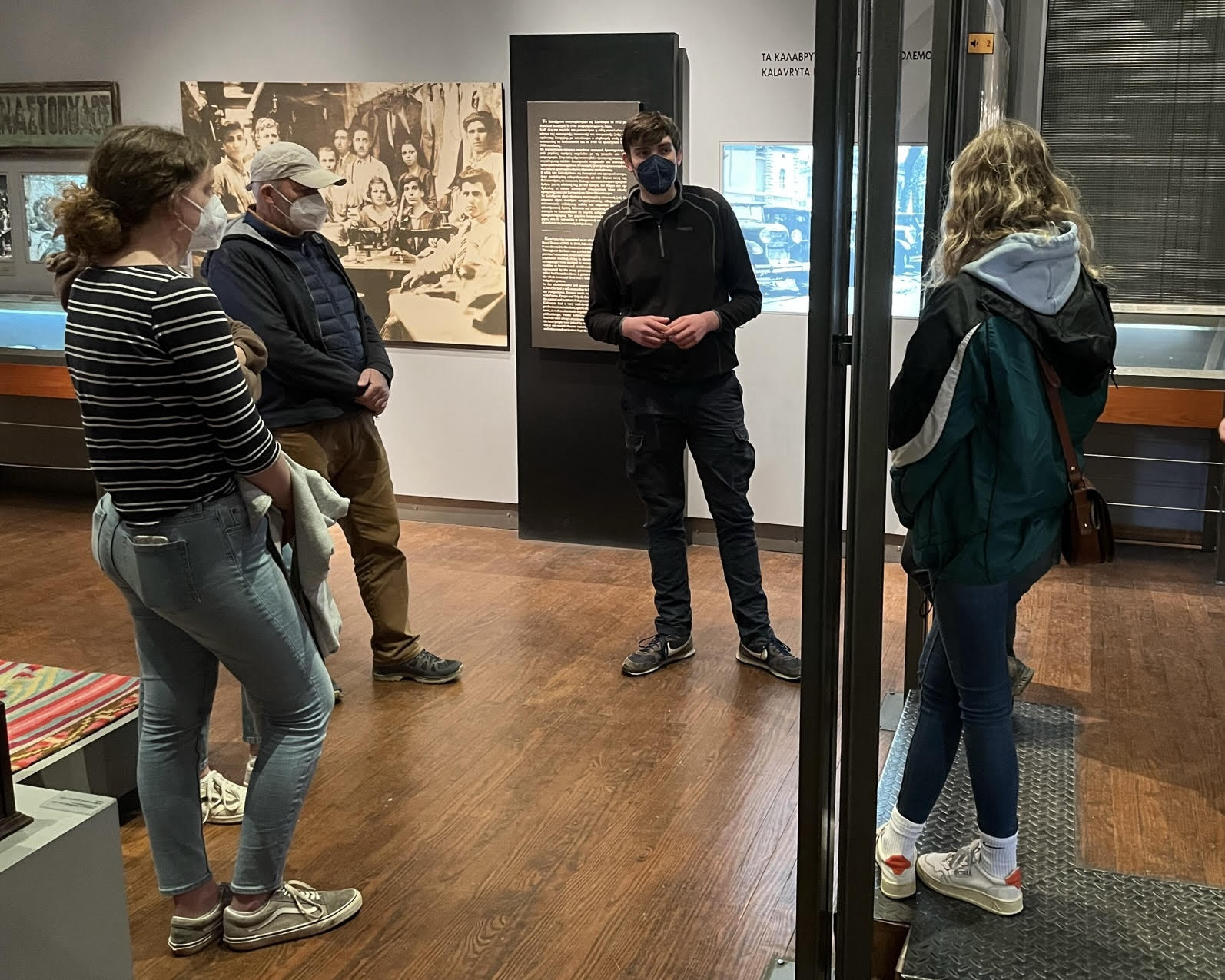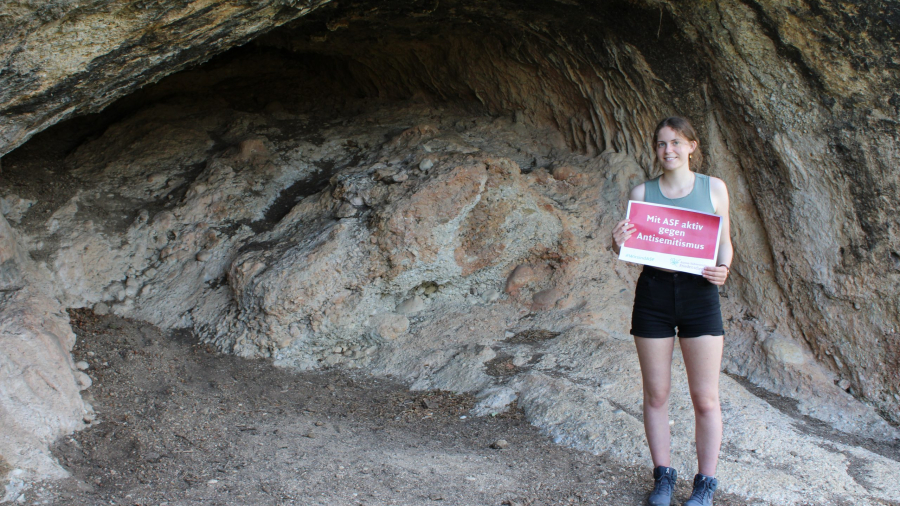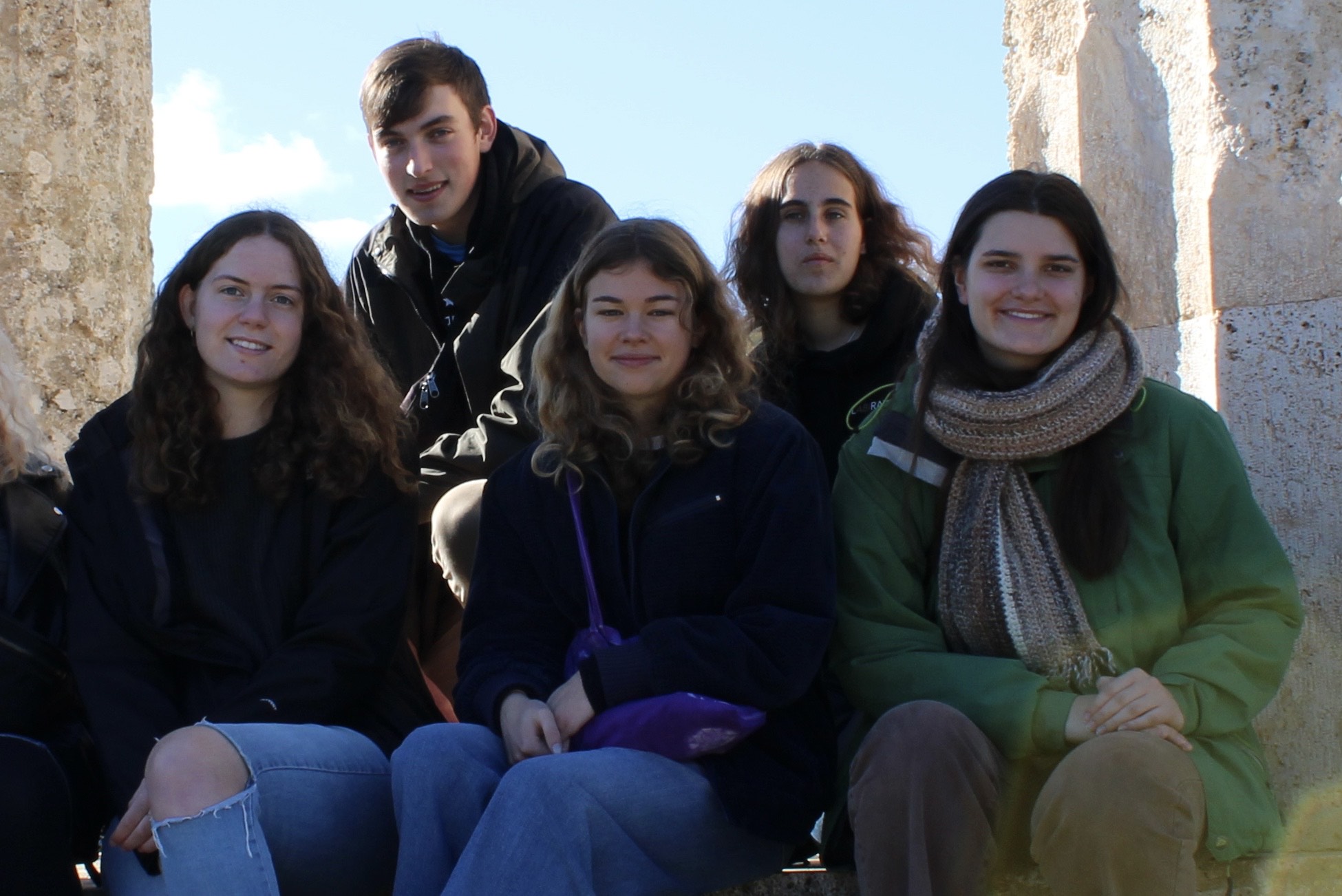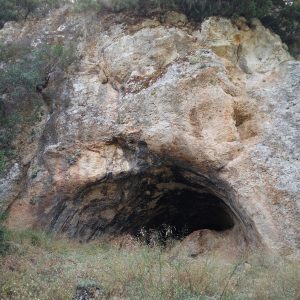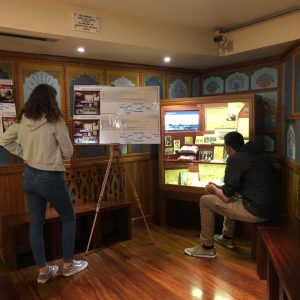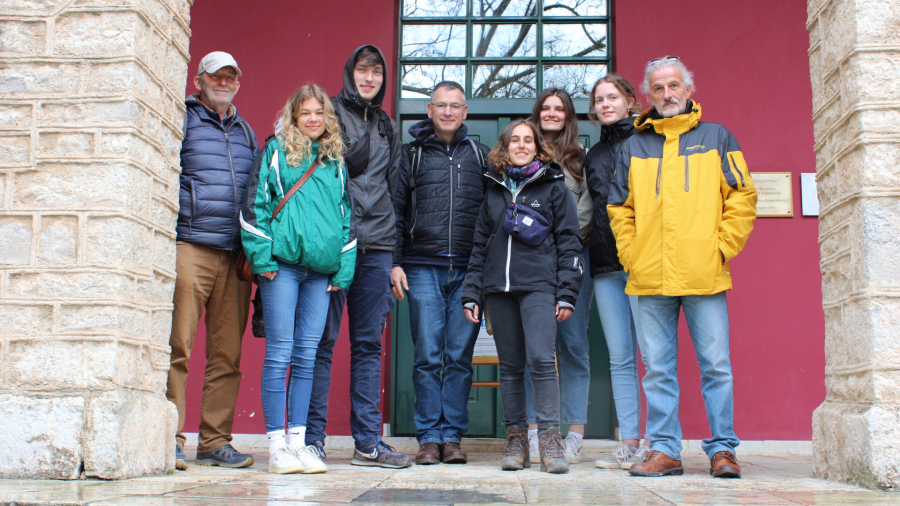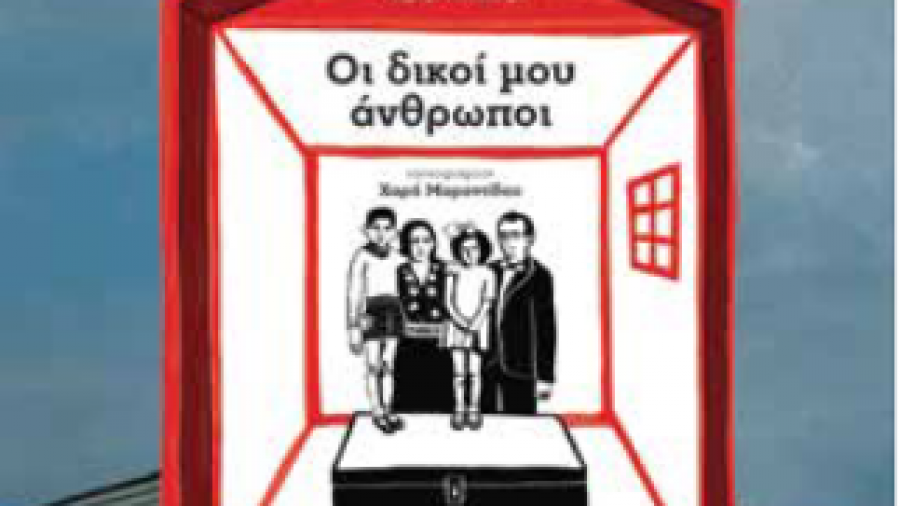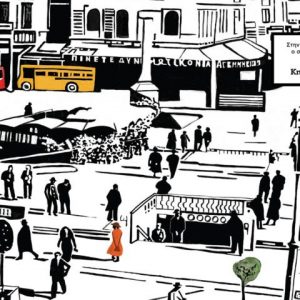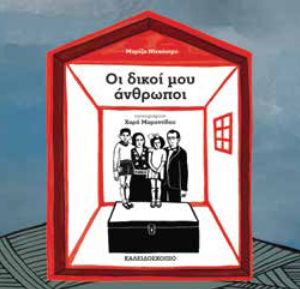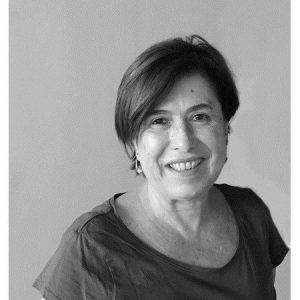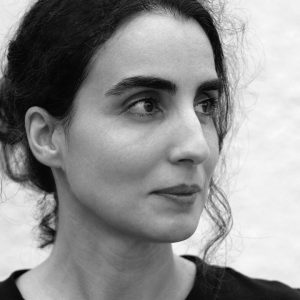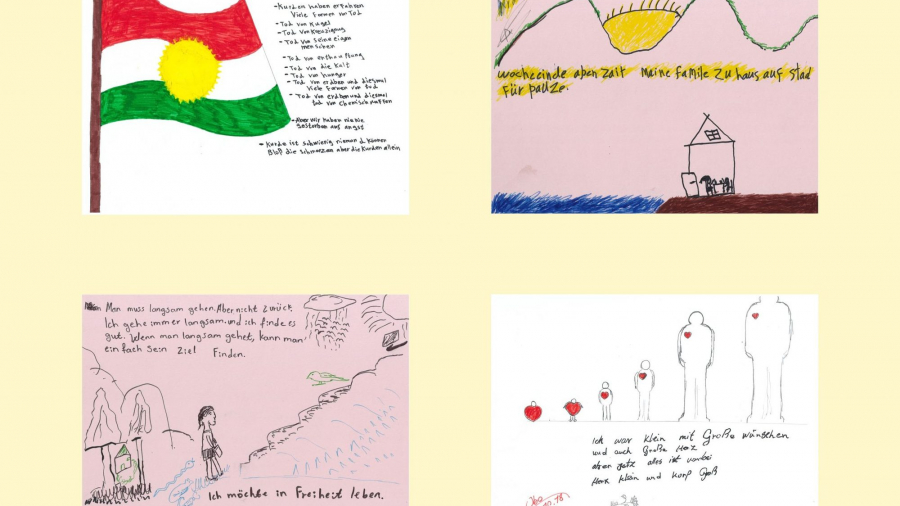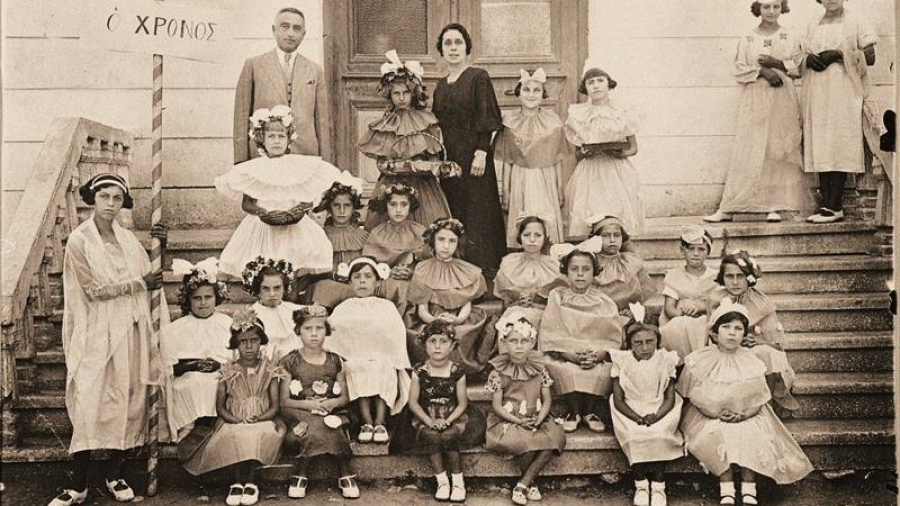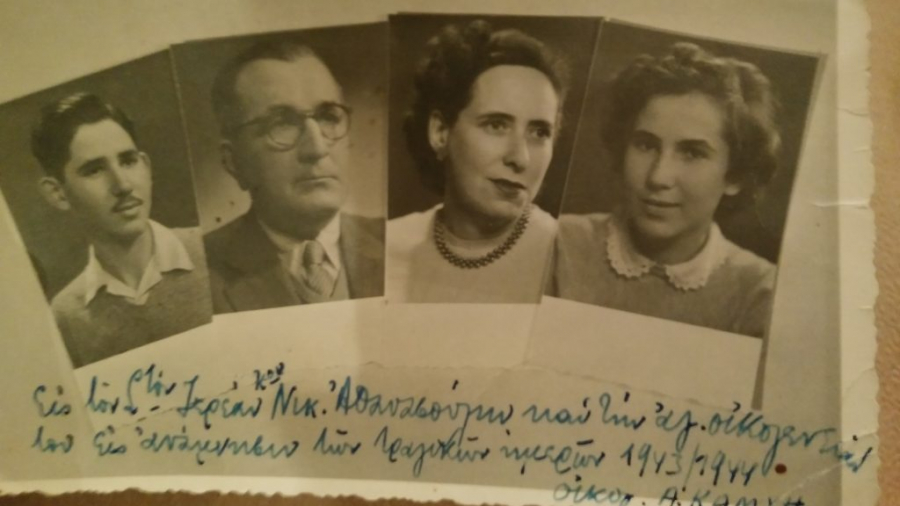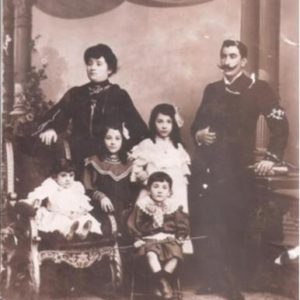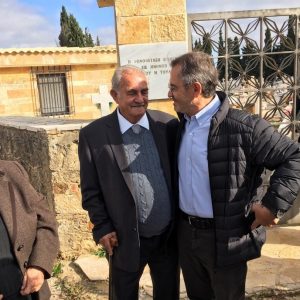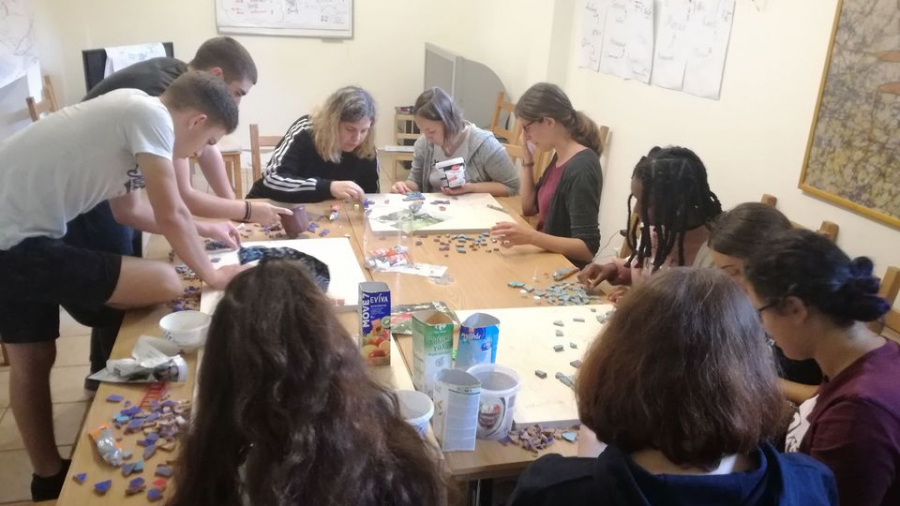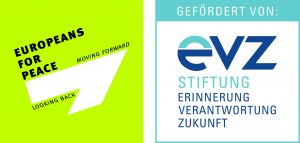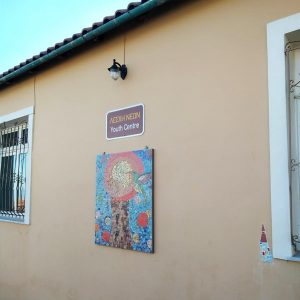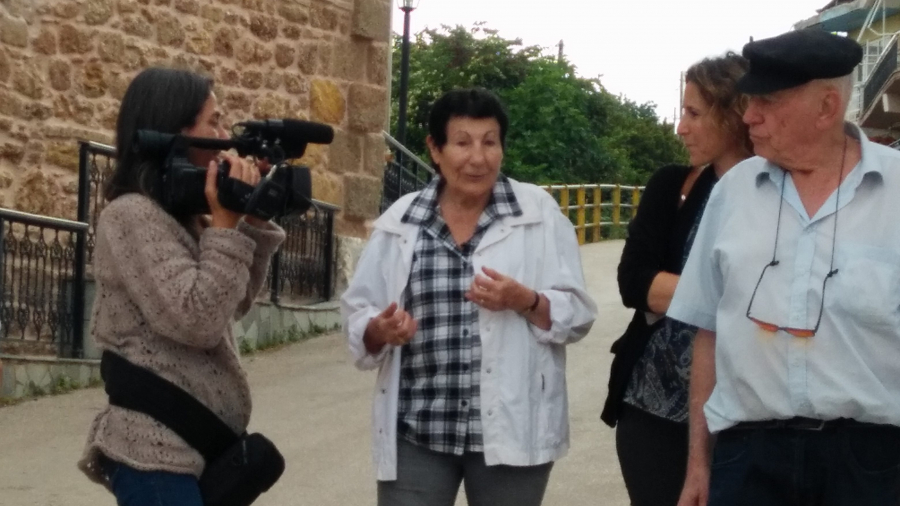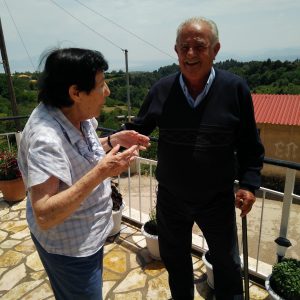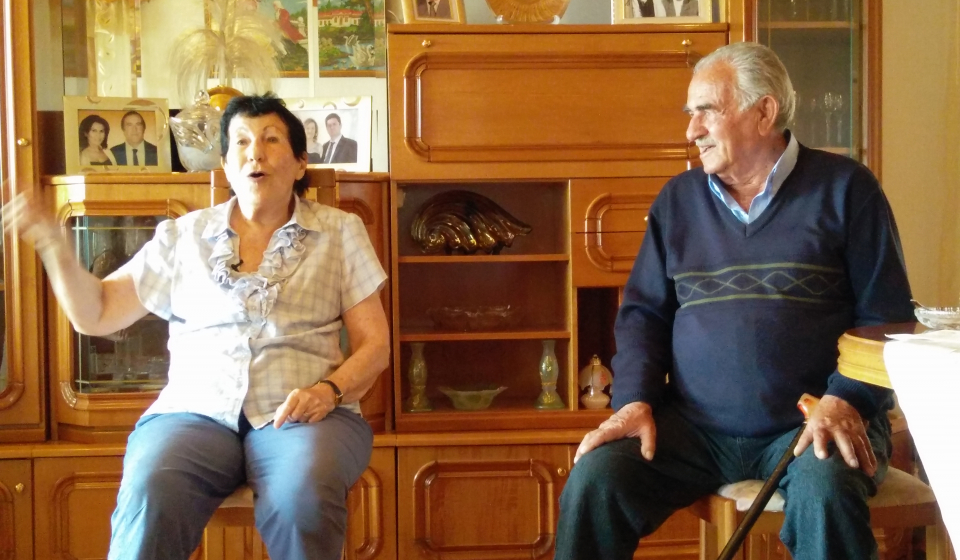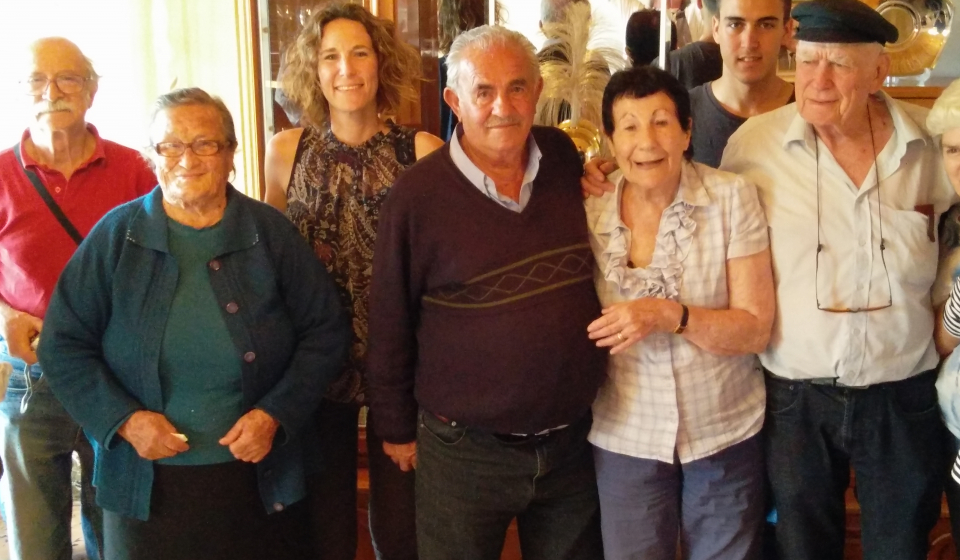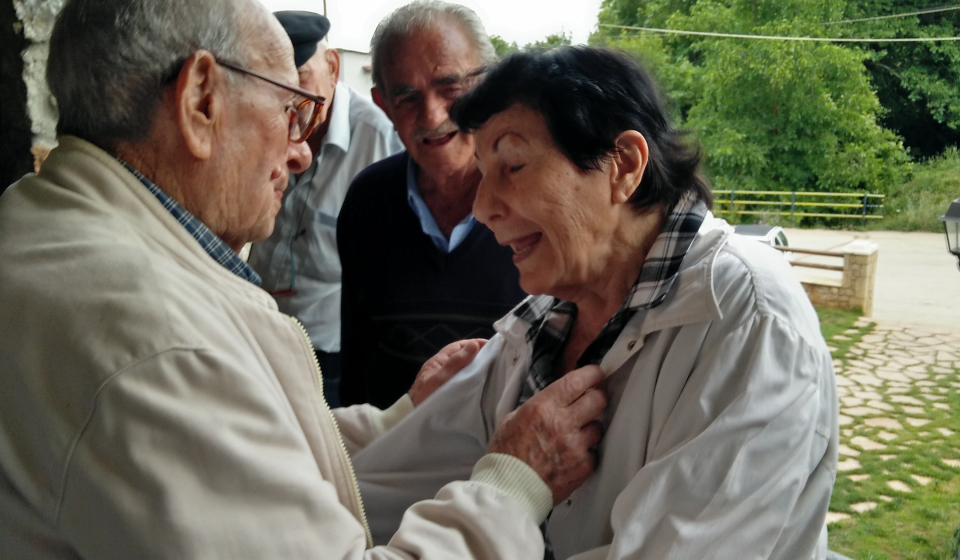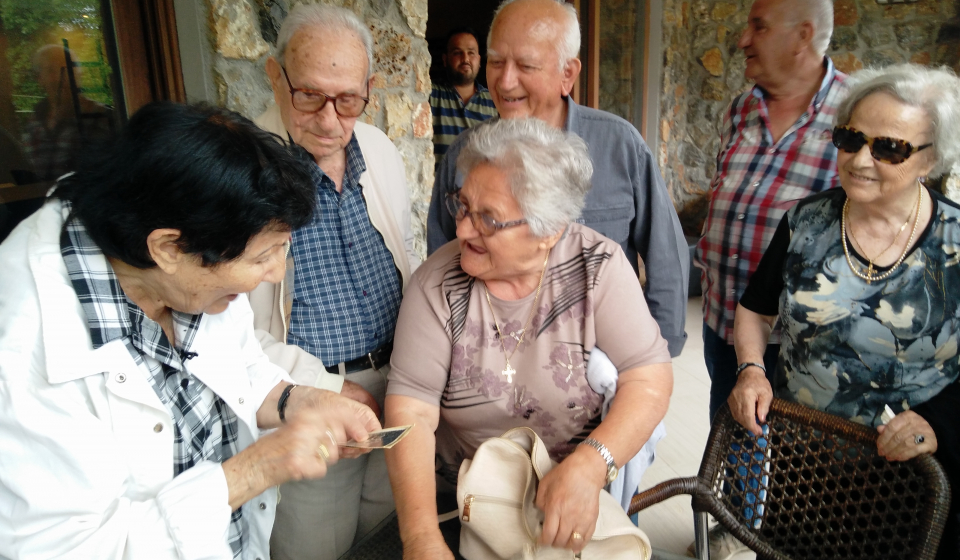Voluntary Service in the “Municipal Museum of Kalavritan Holocaust”
“I work in a museum that deals with the massacre of Kalavryta. The 117. Hunters Division of the Wehrmacht has gathered all the inhabitants of the village in the school building and divided them into women and men, after which all the male villagers who were over 12 years old were taken to a hill outside the village and executed there. Meanwhile, another group of soldiers looted and set fire to the village. Many of the women and children were able to free themselves at the last moment, but 696 Greek civilians were murdered in Kalavryta and the surrounding villages.
After my arrival, I was slowly introduced to the theme of the museum and took on simple tasks such as putting up posters, small translations and everyday work in the museum. Gradually, I became more involved in the work. After a short time I was able to prove my knowledge of the local history and gave my first guided tour for a group of German educational travellers.
But also interpersonally, I had very good experiences and was welcomed by everyone with open arms and a lot of helpfulness. I get along very well with my colleagues and we also do leisure activities together, such as trips to the seaside, or to Patras, the nearest city, as well as evenings in the local bars or eating together.”
-short report written by Paul from Kiel, the first ASF volunteer staying in Kalavryta
Voluntary Service in the “Etz Hayyim Synagogue” in Chania, Crete
“Etz Hayyim is the only surviving synagogue and was rebuilt only in 1999, after the German occupation almost completely destroyed the Jewish Quarter. It is both an active synagogue and a place to learn about history
learn. In addition, various intercultural projects are organised. This makes it one of the most important non-state supported organisations in Chania.
My working day begins at ten o’clock with the preparation of the synagogue for visitors, e.g. preparation of items for sale. Afterwards, the team discusses the tasks for the day at breakfast together.
I am currently working with Theo, my Austrian co-volunteer from GEDENKDIENST, on a historic city rally for a youth exchange with students of the FU from Berlin, where young people from Chania and the students get to know each other.
During our working hours the synagogue is regularly visited by people of different nations, to whom we show the premises and also give short guided tours according to their interest. That is why I invested time in the first few days to study the history of the place and the Jewish community of Crete.
Every Friday evening the Sabbath is celebrated in the synagogue, where I help with the preparation and follow-up, as well as participating in prayer. Even if this is not part of my working hours, it has always been exciting and beautiful experiences for me so far, because one is received in a friendly way by the community and thus gets first impressions of Jewish culture. During the first weeks, I also had the opportunity to get an insight into the Jewish holidays of Yom Kippur and Sukkot.
To better follow the prayers Theo and I participate in Hebrew Reading lessons.”
-short report about the first months of her voluntary service written by Carleen from Eberswalde, the first ASF volunteer in Chania
Voluntary Service in “Ioannina and Lingiades”
When I first got to Ioannina, I was not quite sure what to expect, since the projects I was told about were just starting to take place and so there were some organisation issues that still had to be solved. It took some time to get used to the new environment and to get a solid working schedule, so in the beginning I found myself being confused and sometimes frustrated but after a short while I started taking part in various projects. One of my main purposes here is to exchange cultural differences. Thus, I started giving German lessons twice and English lessons once per day, from Monday to Wednesday. But other than that I include information about traditions and general culture, to not only focus on the language but to create diverse conversations. On Thursdays and Fridays I spend my time in the office of the Cultural Center, where I research, write and publish articles for the website about the Jewish community of Ioannina and Lingiades that I am currently working on. Another project that I am currently working on is creating an interactive tour around Ioannina, featuring the most important parts of Jewish history there. Right now, the synagogue in Lingiades is closed for renovation, so there are not many activities taking place there. But I am really looking forward to explore this and other places connected to my work in the future. Further than that, I am very motivated to learn and also educate others about the history of Lingiades, because during some conversations with the locals, I noticed that not many of them know about its historical context. And in my opinion, it is really interesting to know about. But on the other hand, working with refugees is very important to me, too. I feel like there is a lot of international apathy towards this issue and I see it as crucial to spread more awareness, regarding the political as well as the historical context connected to it.
In conclusion, I am very happy to be here and to be part of this project. Ioannina is a beautiful city and a great place to make long lasting experiences. Despite feeling a little bit lonely during the first weeks, I have now made quite a few friends and acquaintances, that I am getting along with well. The other volunteers and I also meet up regularly and it is good to have people to share your experience with. In addition to that, I have been taking Greek lessons for a few months now, which helped me a lot so far. Learning this new language is something I enjoy a lot and I am very glad to see a huge progress so far. I am looking forward to making even more memories, like exploring more of the country and getting new skills along the way.
-short report written by Helen from Hamburg, the first ASF volunteer staying in Ioannina and Lingiades
Voluntary Service in the “Orthodox Academy of Crete” in Kolymvari
The Orthodox Academy of Crete is more than 50 years old. It was founded in 1868 during the dictatorship under some problems and the one major task of the academy is the Dialogue/exchange between politics, religion and science. The academy stands under the patronage of the Patriarchate, that is why it’s an officially Greek Orthodox Academy.
Nevertheless, the Academy often welcomes groups from science, physics and even apprentices
the landscape gardener from Germany. For example, there was once a seminar/meeting of physicists, where Stephen Hawking took part in. In the future, the Academy will continue its work the Commission’s actions over the last few decades.
During the first month I mostly worked on the reception, helped in the kitchen and took care of the Social Media accounts. Many international groups came in September and October, so I had the opportunity to join some excursions around the island ( for example boat and snorkel tours or exploring hidden beaches) and to meet different kind of people.
Now in winter most of my work takes place in my office where I sort documents and billets but I also have some things to do in the in-house library. Two times a week I participate in Greek lessons in Chania together with Carleen ( who is also a volunteer from ASF) and other students.
I really enjoy living right by the sea and to have the possibility to explore the Crete nature. Sometimes I am a bit bored because I didn’t really get to know some Young Greek people but I am sure that will change in summer and I am looking forward to the next months of my voluntary service.
-report about the life as an ASF volunteer staying in Kolymvari, written by Malena from Nordhorn
in cooperation with:



